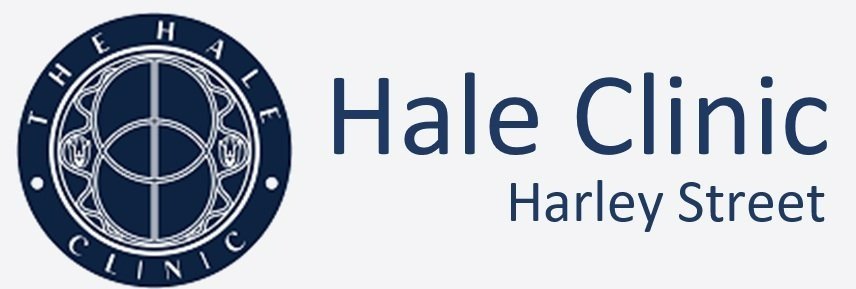Shiatsu
Shiatsu is a traditional Japanese method of bodywork-sharing its principles with Chinese medicine-which uses the power of touch and pressure to adjust the body’s physical structure, and harness effective energy flow (known as “Qi”). Optimum function of the structural system and Qi, supports individuals to greater health and wellbeing. Shiatsu literally means “finger pressure”, and the therapy comprises of a variety of techniques including gentle holding, pressing with palms, thumbs, fingers, elbows, knees and feet on the meridians, and dynamic rotations and stretches, to establish appropriate physical alignment and balance.
Shiatsu works upon the body’s energy or “Qi”, using a network of associated pathways known as meridians, which relate to our internal organs, emotions and mind-body harmony. By facilitating and improving the quality and flow of Qi, Shiatsu aims to achieve improved general health and wellbeing.
Shiatsu is a highly dynamic form of therapy that is both diagnostic and healing in its approach; and is a very effective form of preventative medicine. The individual may want to receive Shiatsu for general health maintenance or specifically to aid a physical, mental or emotional healing process. Recommended sessions therefore pertain to the individual’s reasons for seeking Shiatsu therapy.
Common conditions helped by Shiatsu include: asthmatic symptoms; back pain; depression; digestive problems; headaches, migraines; joint pain and reduced mobility; sports injuries; stress; whiplash injuries and neck stiffness.
Shiatsu is performed at floor level on a padded mat or futon, although it is possible to receive Shiatsu sitting on a chair if you are unable to lie down. The client remains fully clothed throughout the session.
Practitioners:

